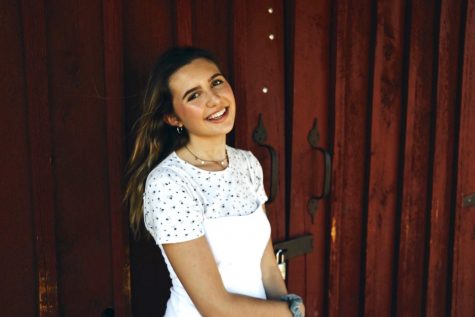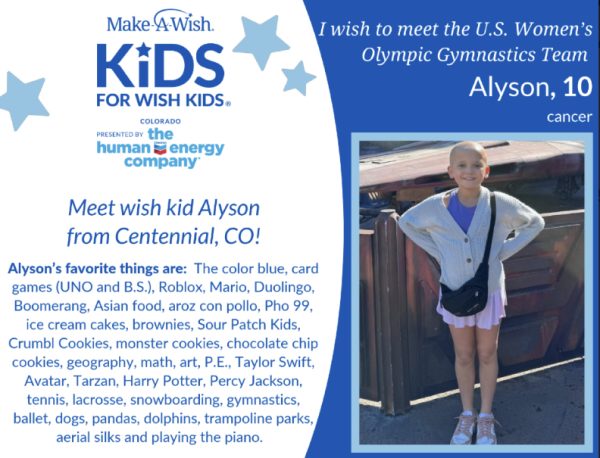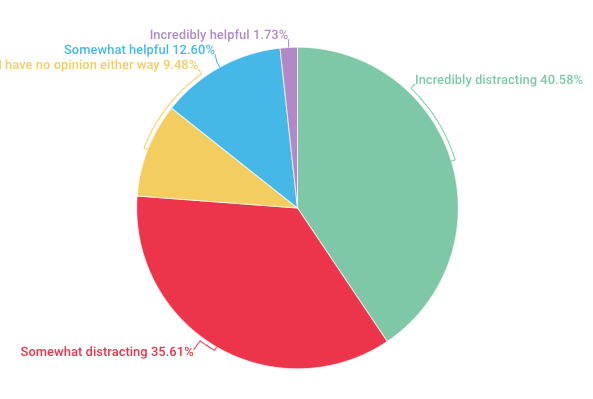Let’s Talk About Tribe
May 14, 2019
Pick any high school in the country, and the students will have something negative to say about it. No high school is perfect. Even top-tier private academies come with their fair share of drawbacks. Arapahoe’s dealt with its own inevitable imperfection. A certified ‘good school’, many parents and students were somewhat surprised by the spark of news coverage this school-year. And while the news coverage begs for its own debate, it belongs in its own article.
Long before the extensive press coverage, Arapahoe students complained about something more specific: Tribe. The recurring meeting of classmates and a chaperone, often complete with awkward talks and get-to-know-you games, sparked waves of controversies following its initial arrival years back. While good-intentioned, many found the program a ‘waste of time’, ‘boring’, and simply ‘not necessary’. However, Tribe may have a chance.
Tribe’s meant to bring students together and act as a home-base for students throughout their high school journey. From day one to graduation, we’re intended to get to know one another and act as a tight-knit family within the massive Warrior community. Yet after three years of participating in Tribe, I still (and I hate to say this) don’t know all of the individuals in my class. Though I’m regretful when I can’t remember someone’s name, it’s not exactly unpredictable. My Tribe class consist of Kahoot games, Pictionary, SAT bubbling, PSA’s, donuts, and odd moments of silence. Sometimes it’s a welcomed breather from a monotonous Wednesday. My Tribe teachers are nice, and candy is often served. Yet other times, Tribe feels weightless, a mere placeholder for real conversation.
Tribe’s in-need of a modern renovation. It often feels like a lecture, or a small-talk game from summer camp. It doesn’t really know what it is. Is it a post-grad meeting or a support group? A cell-phone usage PSA or a study session? It needs to address its identity and recognize its capabilities. Without a proper identity, Tribe’s purpose will continue to oscillate and, eventually, dissolve.
Tribe’s identity crisis varies across the school. No two classes are the same. Groups engage in entirely different curriculums with entirely different atmospheres. Some students love their tribe while others dread attending. It’s an assortment of experiences each isolated to their own teacher’s agenda. Community between groups feels fractured and, essentially, non-existent.
Tribe’s supposed to bring individuals together, yet it often feels the exact opposite. Students often stay within their own friend bubbles, that is, if they choose go to Tribe at all. Additionally, many students in their Tribe have little to no classes together, which creates a lack of common ground.
So where do we go from here? Rumors include the possibility of Tribe being once a week. This may help calm many of the current controversies around Tribe. Seeing each other on regular basis could build stronger community within the individual groups. There would be more shared conversations, more experiences, and more time spent together. While the communities would take time to formulate, they may eventually establish strong bonds and legitimate relationships.
Perhaps the administration could turn to students as well. Rather than just surveys, they could gather legitimate advice and curriculum structures, all established by student thought. Students have opinions to offer, and the administration should consider lending an ear. If Tribe is for the students, shouldn’t they have a say in its construction?













